Paul Stephen Benjamin
b. 1966, Chicago
Lives in Atlanta
venue
New Orleans African American Museum
1418 Governor Nicholls Street, New Orleans, LA 70116
Monday–Wednesday, closed
Thursday–Sunday, 11 AM–4 PM
neighborhood
About the project
Paul Stephen Benjamin’s subject is Blackness—as a color and a way of being. In his paintings, installations, and sculptures, he foregrounds the multivalent force of the color black to reveal new ways of seeing. Benjamin is as engaged by the formal possibilities of his investigations as he is by their conceptual rigor. With Sanctuary, Benjamin has constructed an edifice that is inspired by the vernacular architecture of New Orleans, namely the shotgun houses that line the city’s streets. The structure is made up of thousands of black bricks laid in an ascending configuration. The LED-lit letters that run down the tall central section read “Treme,” after the historic New Orleans neighborhood. While the work is invested in the rich history of Black architectural traditions, it is grounded in Benjamin’s personal history, too: his father was once a bricklayer in New Orleans. Thus, Sanctuary is at once a monument to collective and familial history.
About the artist
Multimedia artist Paul Stephen Benjamin earned a BA from the University of Illinois at Urbana-Champaign and an MFA from Georgia State University, Atlanta. The color black features prominently—nearly exclusively—in his work, particularly in his paintings and in his large installations of obsolete televisions, which play images of and audio from African American icons such as Beyoncé, Eldridge Cleaver, Aretha Franklin, Lil Wayne, Condoleezza Rice, and Nina Simone. Benjamin is focused on the pervasive connotations of the color black in society, culture, and language, and in concepts of identity, power, and authority. He is engaged in an ongoing investigation of the meaning and value of the color, but rather than conduct research alone, he takes viewers along on this inquiry. He asks: What came first, black as an agent or as a product? His work discusses the complex dynamics among culture, society, and what is, in fact, the absence of color. Recent exhibitions include State of the Art 2020, Crystal Bridges Museum and The Momentary, Bentonville, Arkansas (2020); Great Force, Institute for Contemporary Art at Virginia Commonwealth University, Richmond, (2019); Pure, Very, New, Marianne Boesky Gallery, New York (2019); and Reinterpreting the Sound of Blackness, Telfair Museums, Savannah (2018).
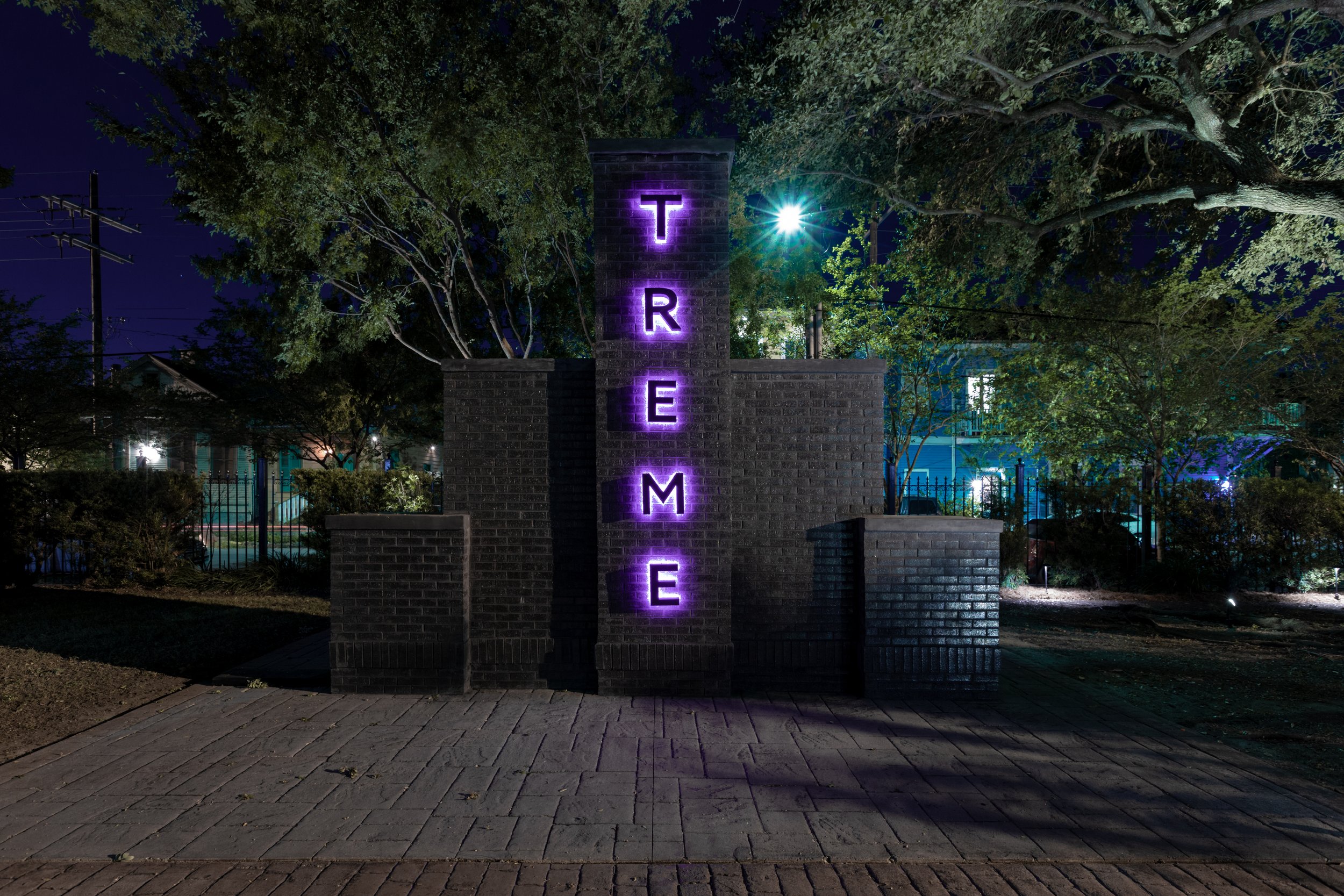
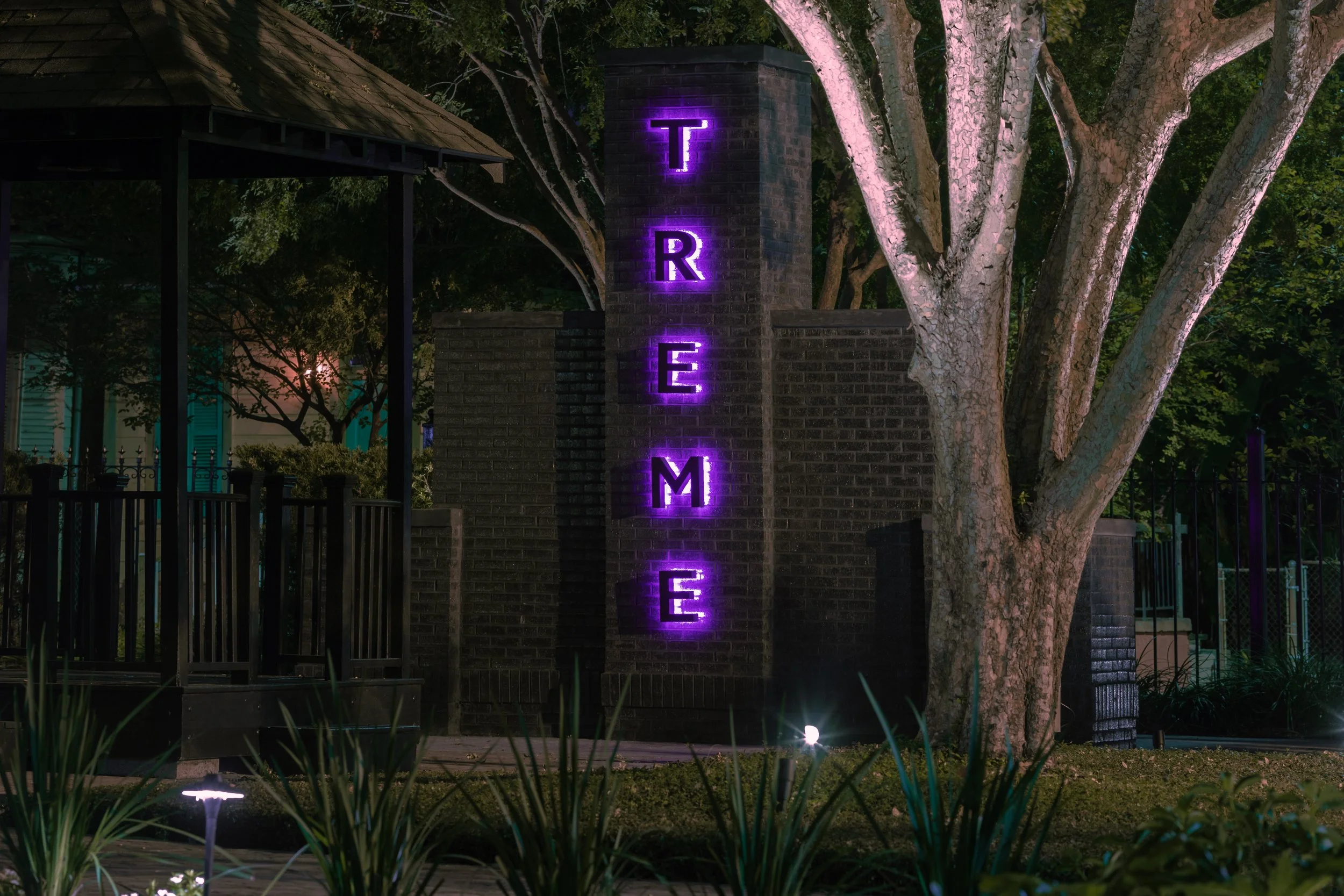
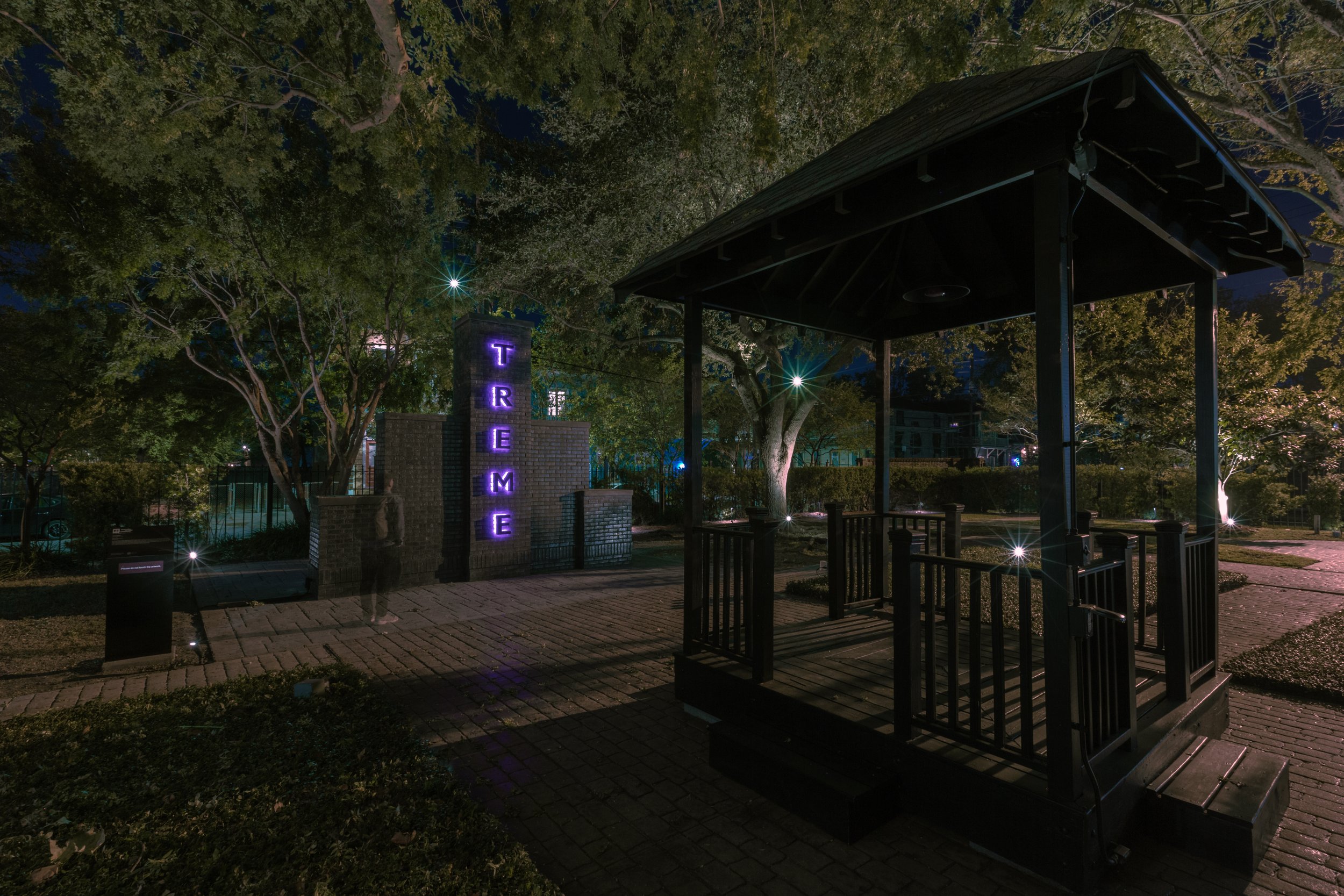
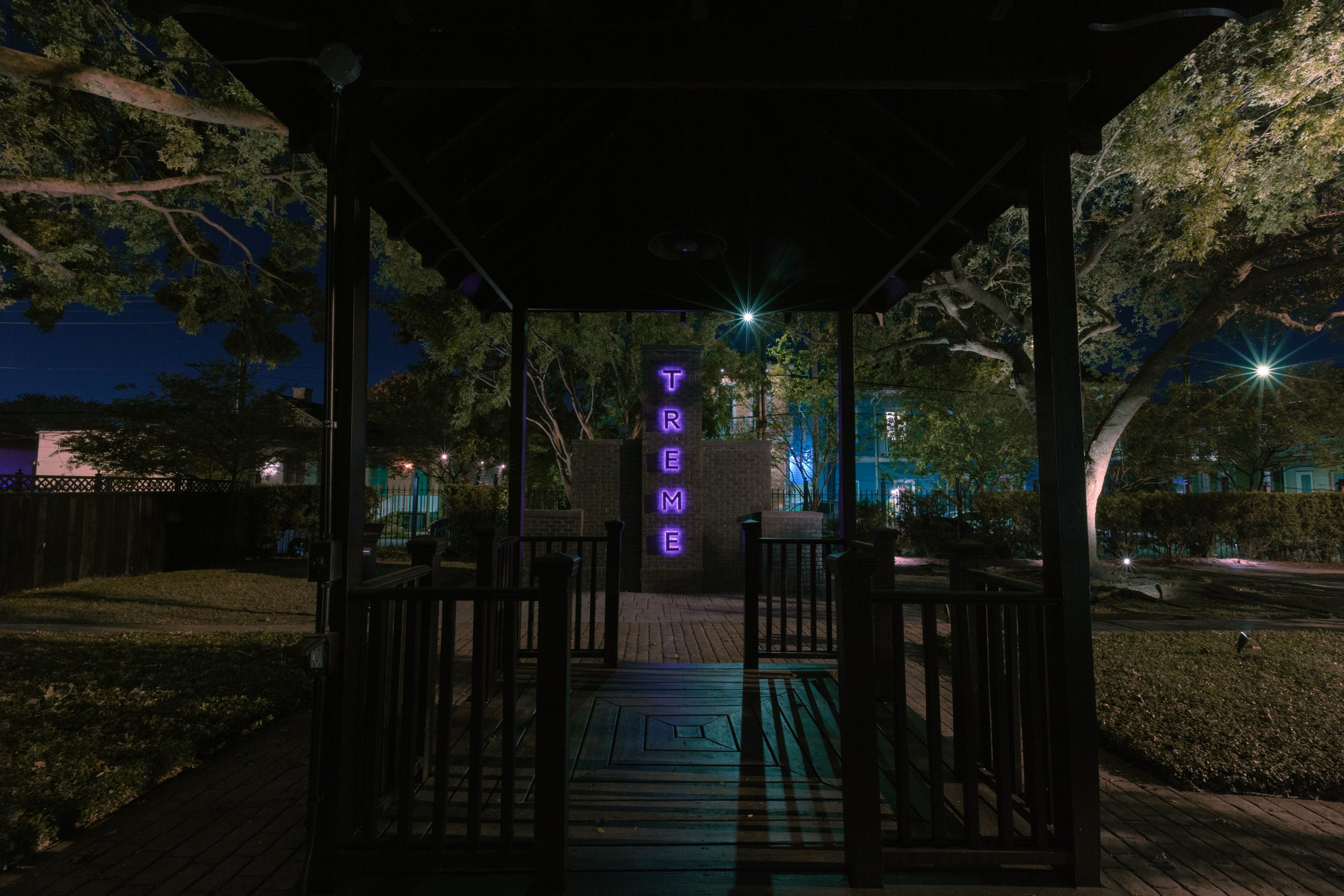
Paul Stephen Benjamin, Sanctuary, 2021. Metallic black bricks and light, 160 x 200 x 32 inches. Installation view: Prospect.5: Yesterday we said tomorrow, 2021–22. New Orleans African American Museum, New Orleans. Courtesy Prospect New Orleans. Photo: Jose Cotto.
Dineo Seshee Bopape
b. 1981, Polokwane, South Africa
Lives in Johannesburg
venue
New Orleans African American Museum
1418 Governor Nicholls Street, New Orleans, LA 70116
Monday–Wednesday, Closed
Thursday–Sunday, 11AM–4PM
neighborhood
about the project
Master Harmoniser (Ile aya, moya, la, ndokh), 2021
Digital animation, three-channel color HD video, with sound, 25 minutes, 8 secconds
Courtesy the artist
Dineo Seshee Bopape’s work explores connections and histories of the African diasporic experience and the legacy of slavery across time and geography. Her project for Prospect.5, Master Harmoniser (Ile, aya, moya, la, ndokh), is presented as a three-channel animated video and sound installation featuring an array of semi-abstract drawings made with clay sourced from ports in South Africa, Senegal, Ghana, Virginia, and Louisiana that once played key roles in the transatlantic slave trade. Summoning the four elements (earth, water, fire, and air) in Wolof, Yoruba, Ga, and Sepedi, Master Harmoniser (Ile, aya, moya, la, ndokh) began as Bopape’s response to the heavily circulated abolition-era photos of a man named Peter, also known as Gordon. While enslaved in St. Landry Parish, Louisiana, Peter endured brutal lashings that left raised scars across his back. After he escaped in 1863, he became the subject of photographs that documented his extensive scarring that were circulated worldwide to show the abuses of slavery. These images recall those moments of violence and the process of how wounds change over time.
Bopape’s clay abstractions reference the markings on Gordon’s back, while also evoking the waterways and terrain along which Africans and Black people migrated—either by force or in flight. The audio component that accompanies the installation features sounds of waves and wind, cries of joy and pain, and the music of perseverance, resistance, awe, and celebration. The work places the viewer in a transitory moment informed by centuries of trauma and triumph and asks us to consider our survival as a conversation with the land on which we live, the elements that compose our world, our ancestors . . . and “something(s) else.”
about the artist
Before obtaining an MFA from Columbia University School of the Arts, New York, in 2010, Dineo Seshee Bopape first studied painting and sculpture in her native South Africa, then later graduated from De Ateliers, Amsterdam. Her large-scale, sometimes sprawling multimedia installations feature sound and video montages along with displays of found items and artifacts intermingled with natural substances, such as earth, clay, wood, and bricks. Bopape’s work explores the territorial nature of humans, the concept of land ownership, and the resulting historical record of culture, conflict, and environmental impact. Her installations are meditations on whether indigenous people will have a role in future iterations of their lands as they are marginalized by historical forces such as the legacy of colonialism. Bopape has been the recipient of numerous grants and awards, and her work has been featured in exhibitions at the New Museum of Contemporary Art, New York; Institute of Contemporary Art, Philadelphia; Berlin Biennale; the South African Pavilion at the 58th Venice Biennale (2019); and in a solo exhibition, Untitled (Of Occult Instability) [Feelings], Palais de Tokyo, Paris (2016), among others. In 2017, after winning the Future Generation Art Prize, her work was shown at the 57th Venice Biennale.
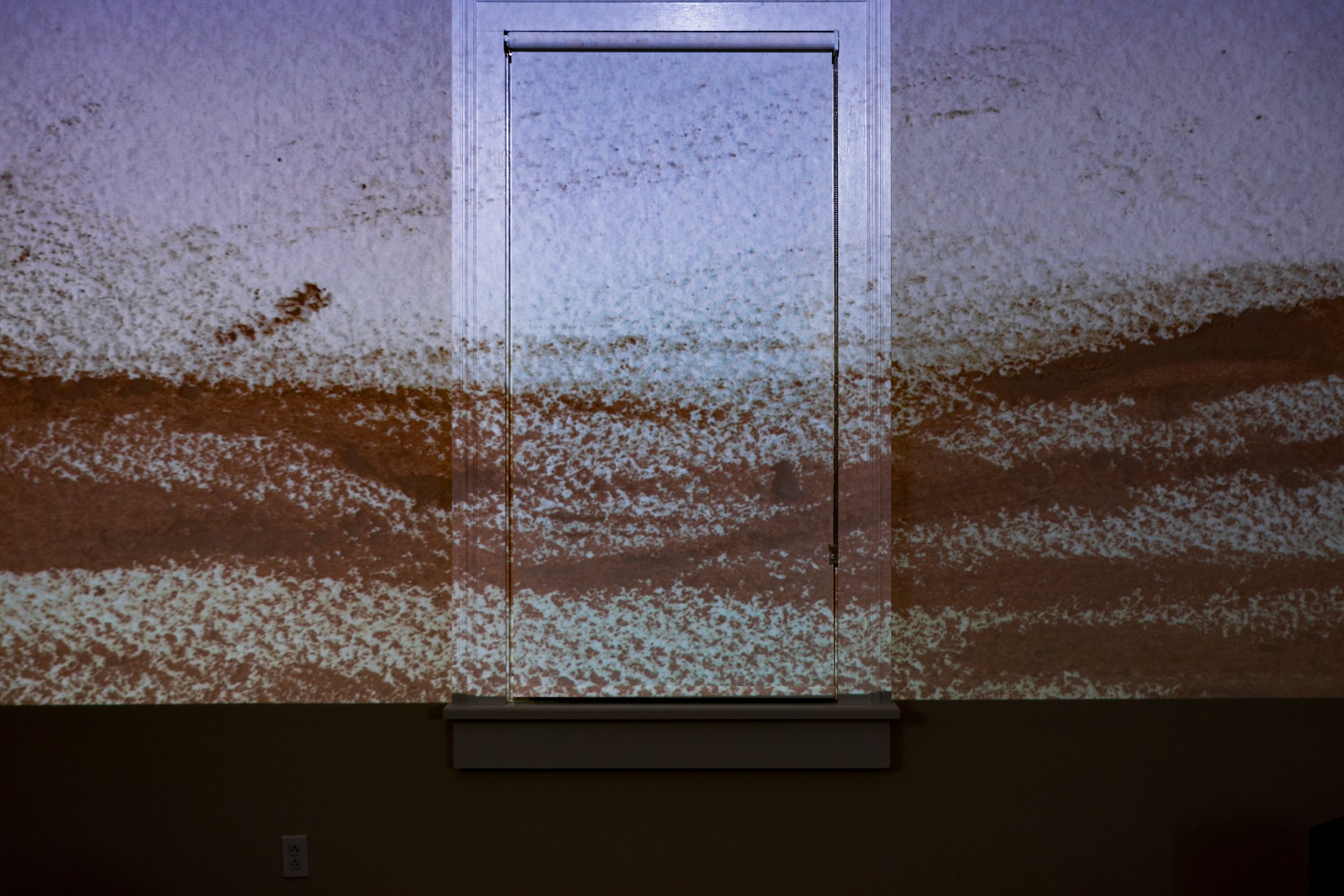
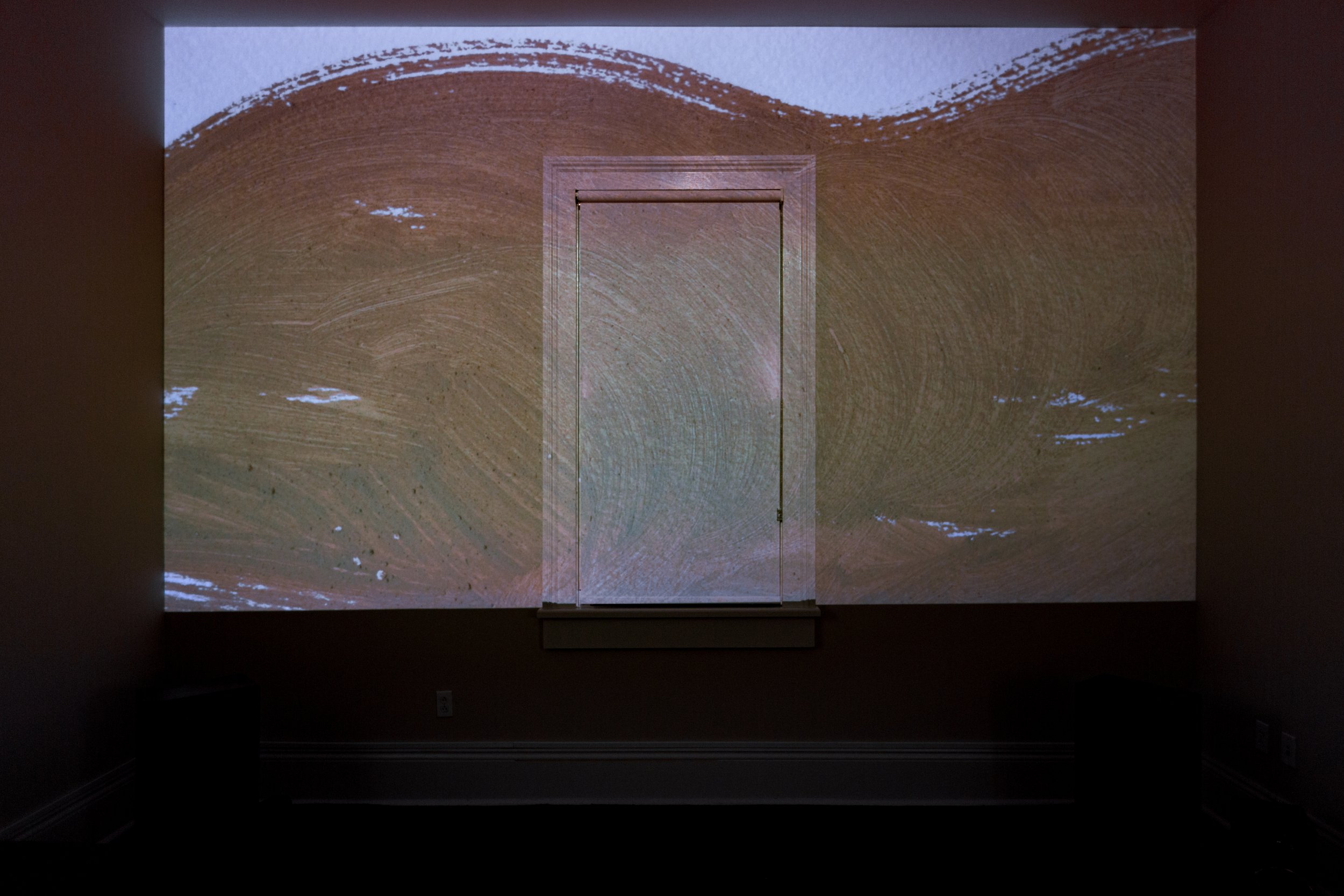
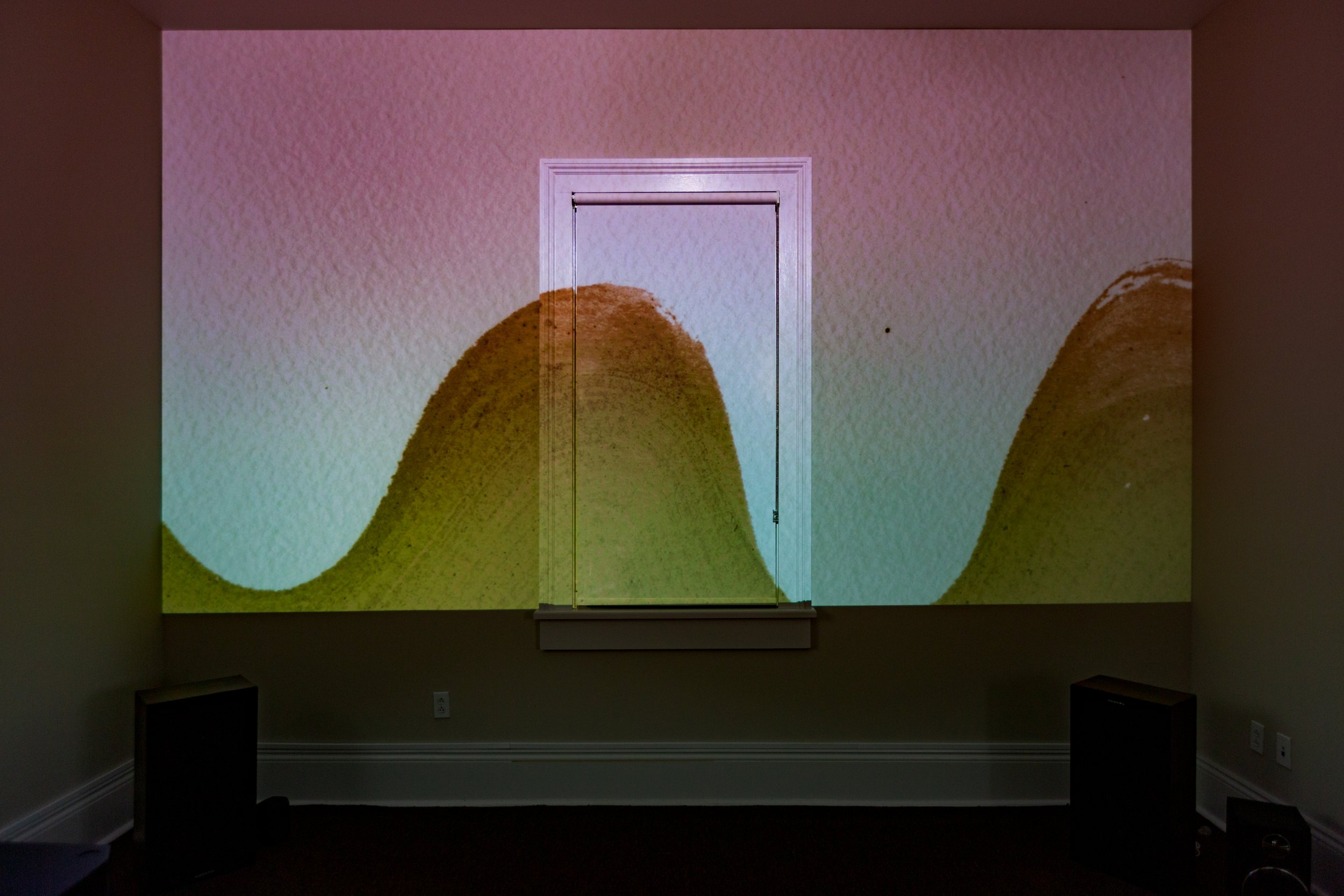
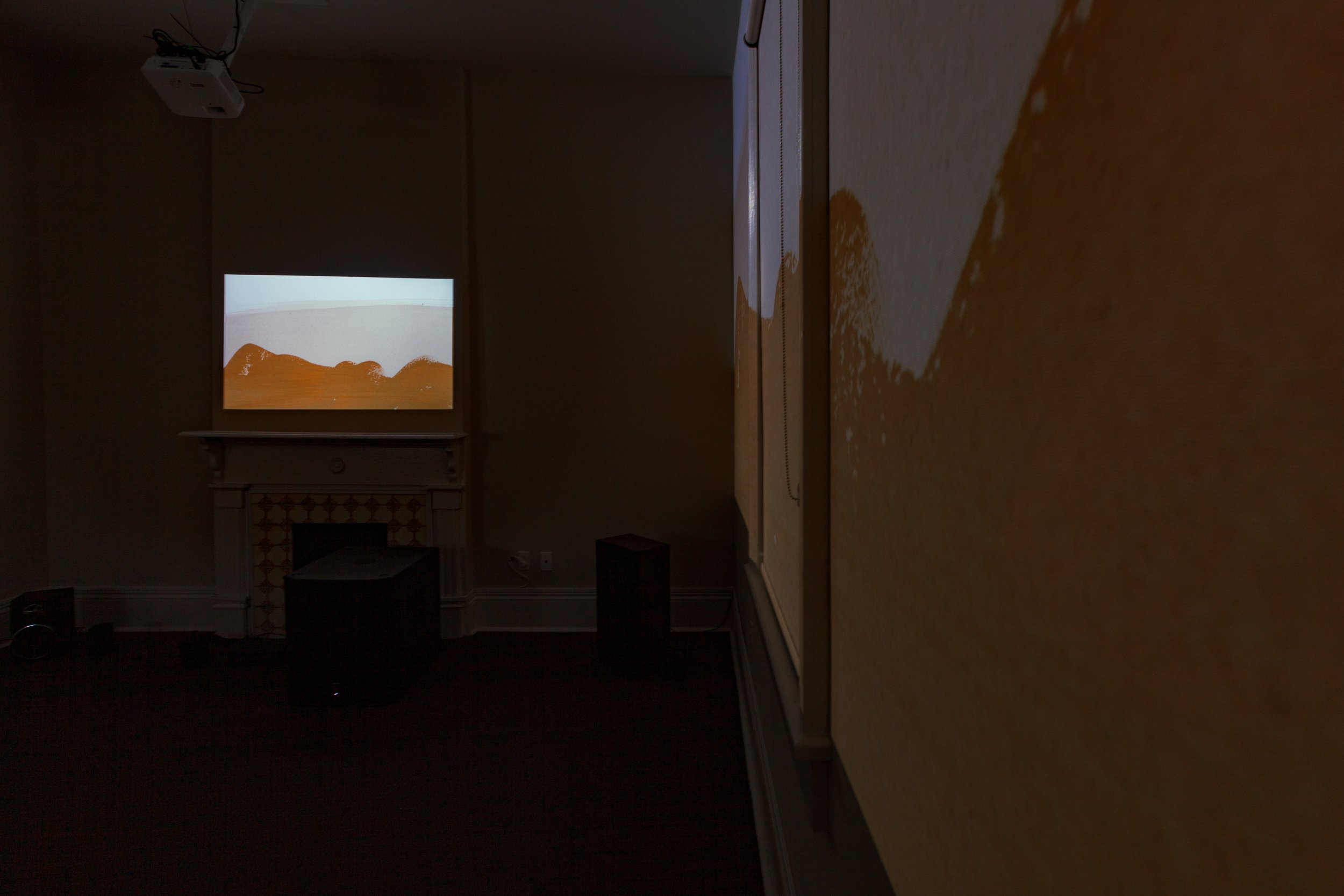
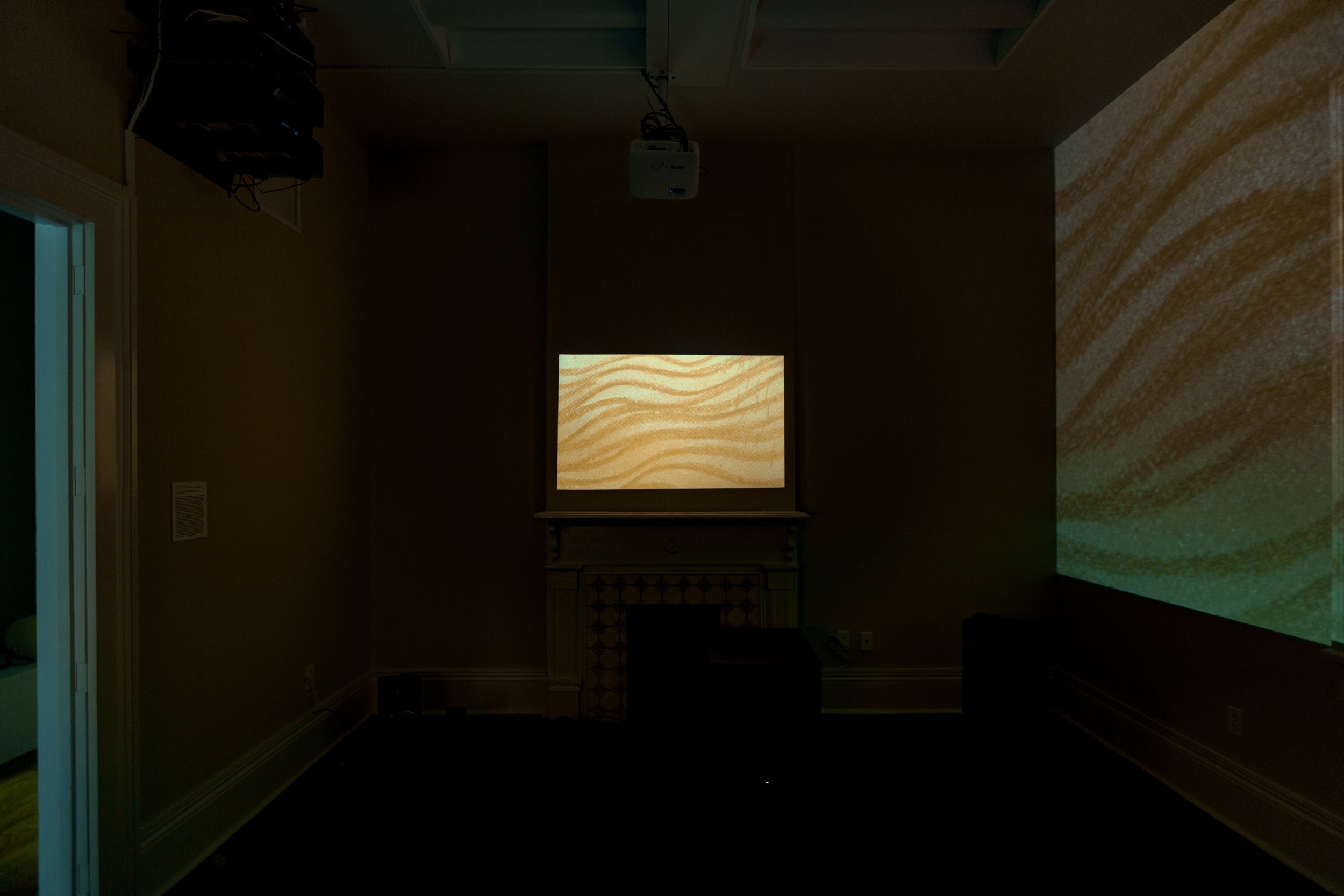
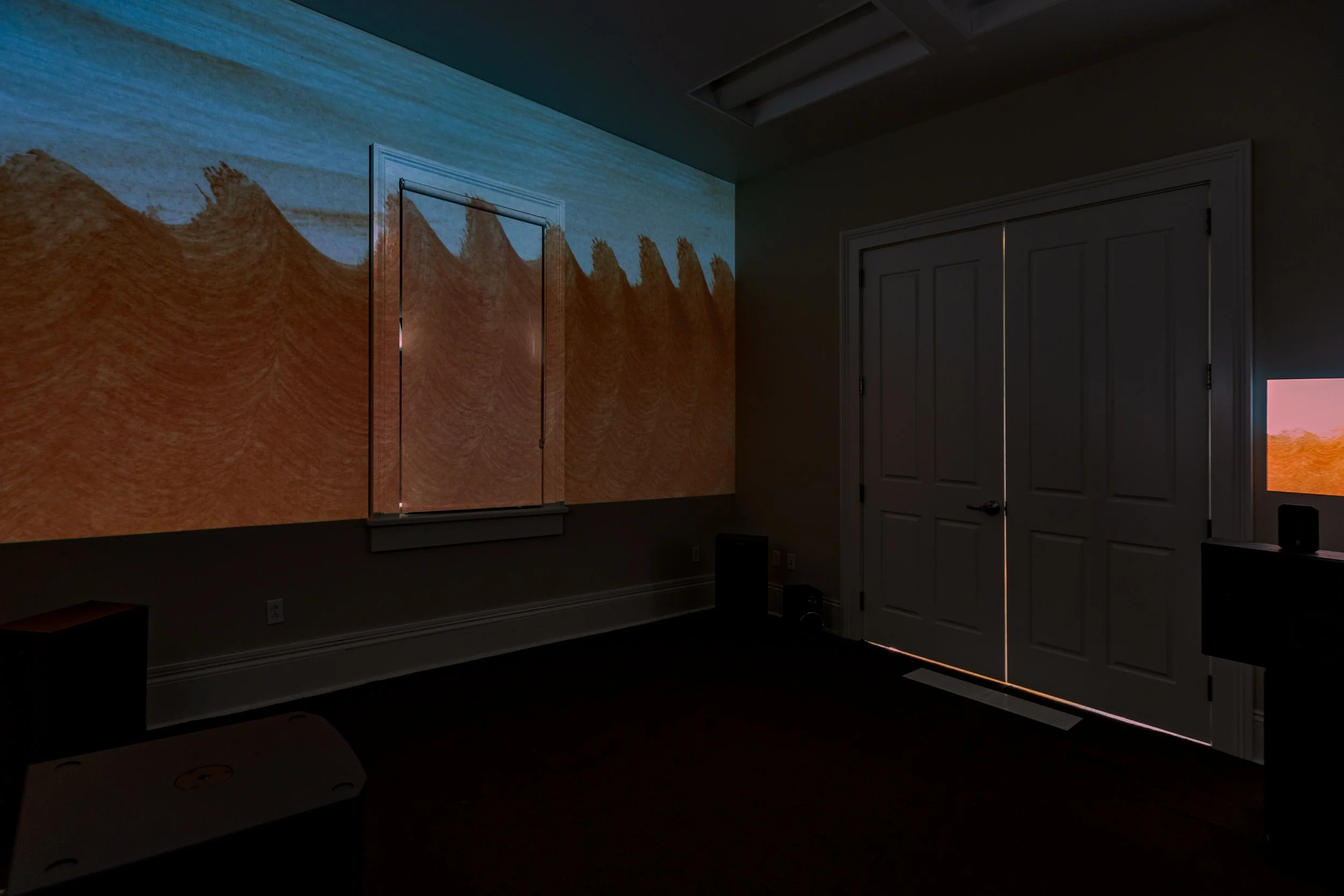
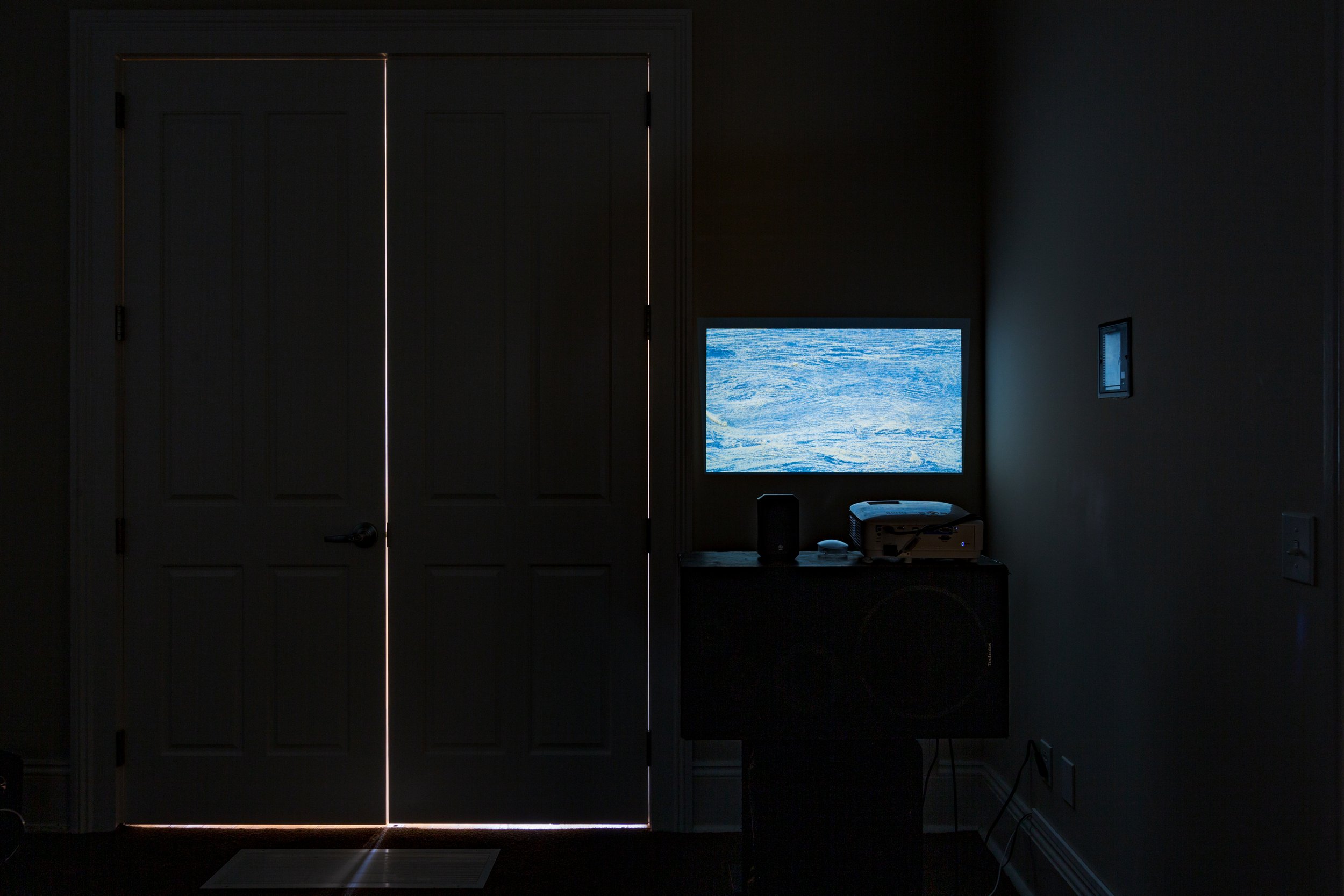
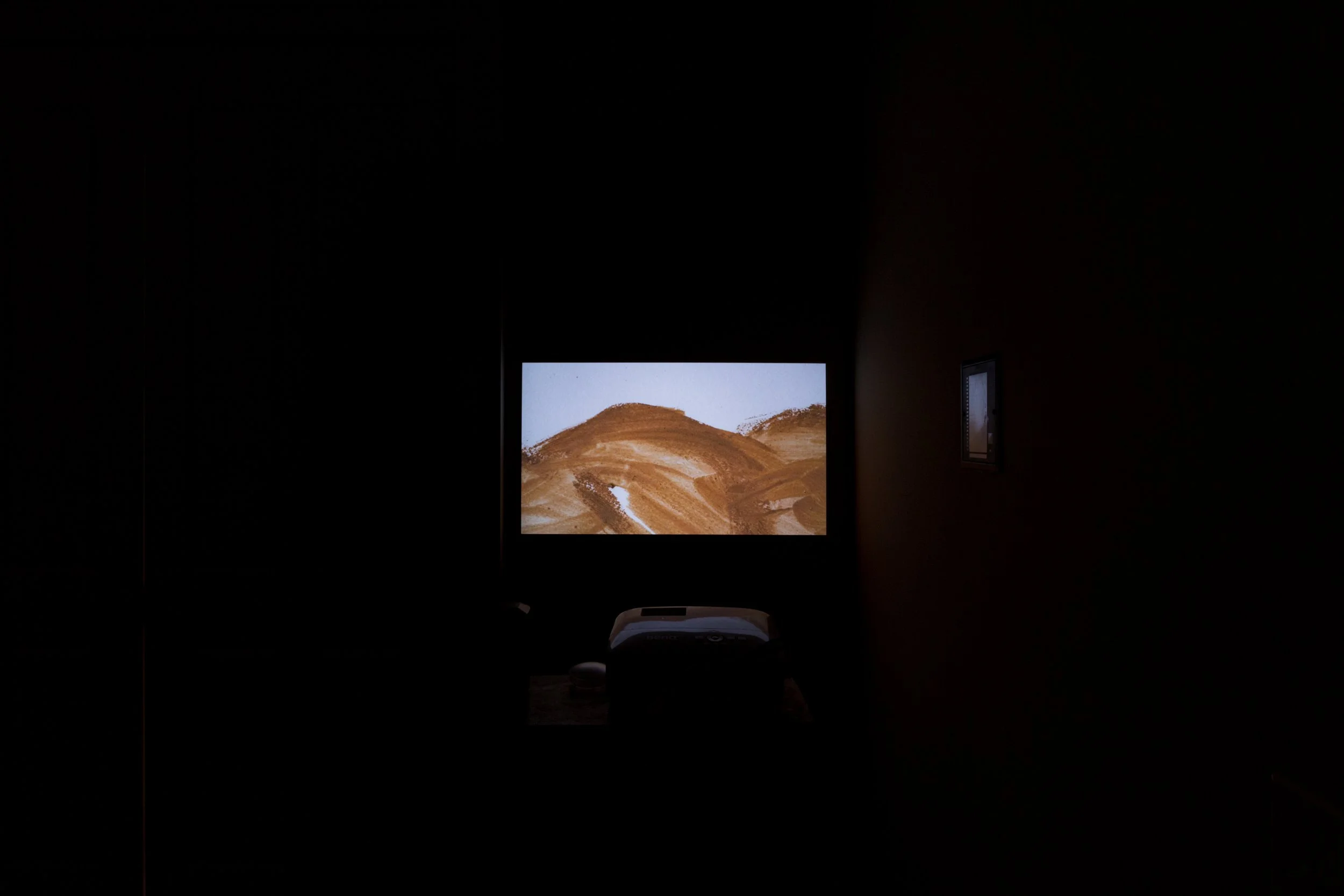
Dineo Seshee Bopape, Master Harmoniser (Ile aya, moya, la, ndokh), 2021. Digital animation, three-channel color HD video, with sound, 25 min., 8 sec. Installation view: Prospect.5: Yesterday we said tomorrow, 2021–22. New Orleans African American Museum, New Orleans. Courtesy Prospect New Orleans. Photo: Jose Cotto.